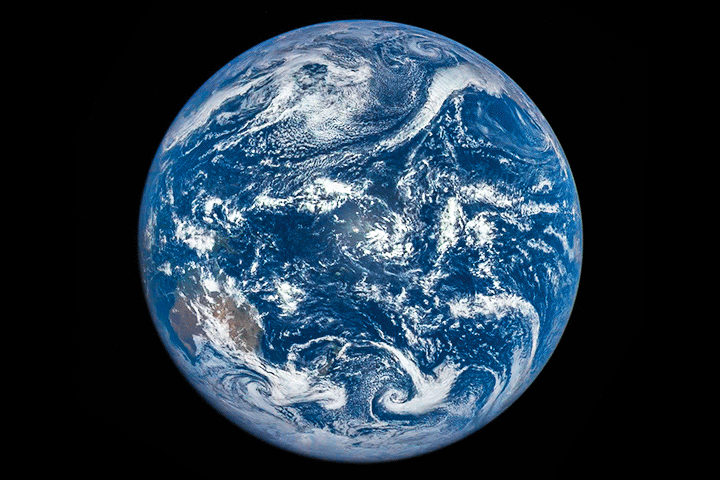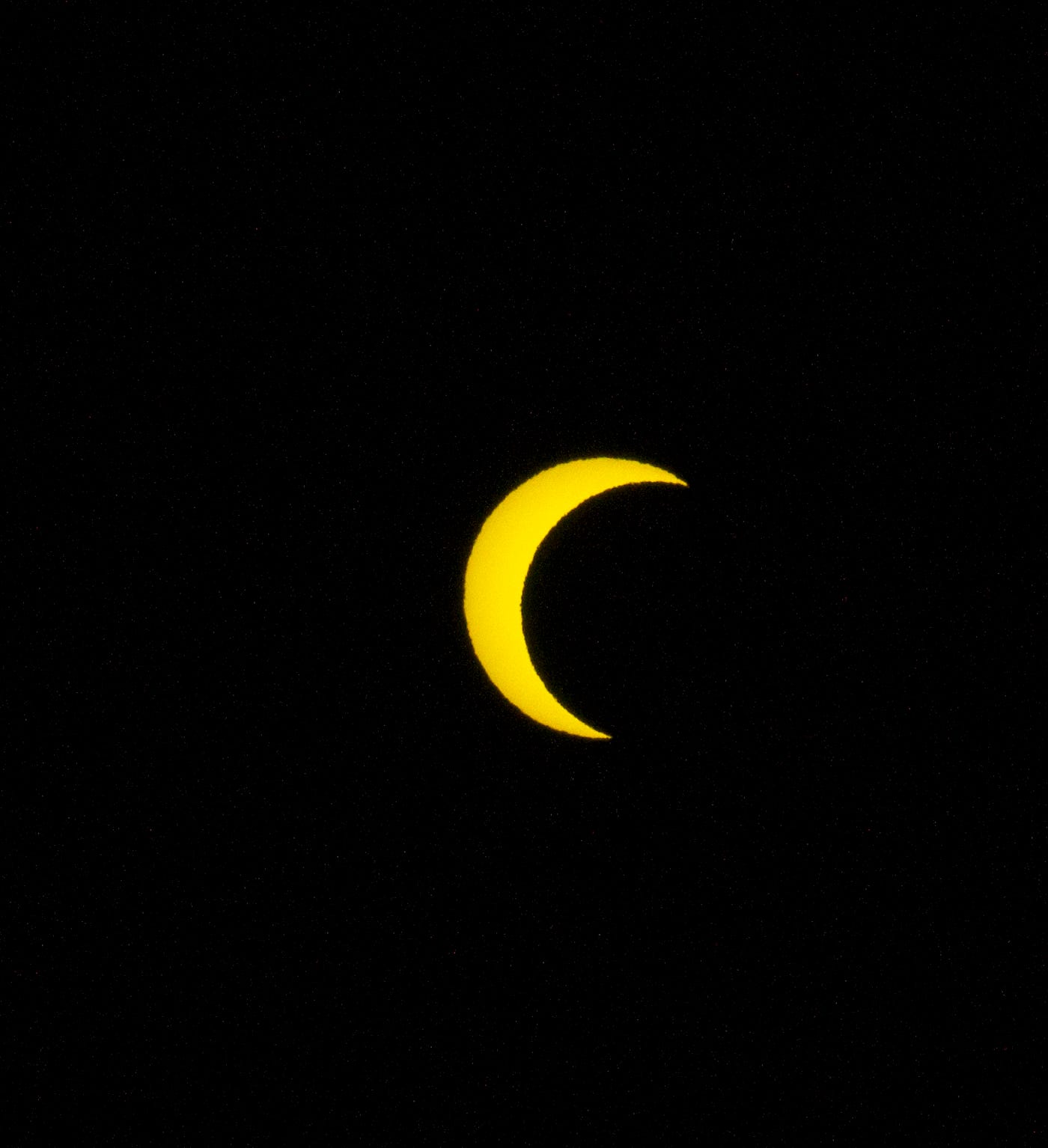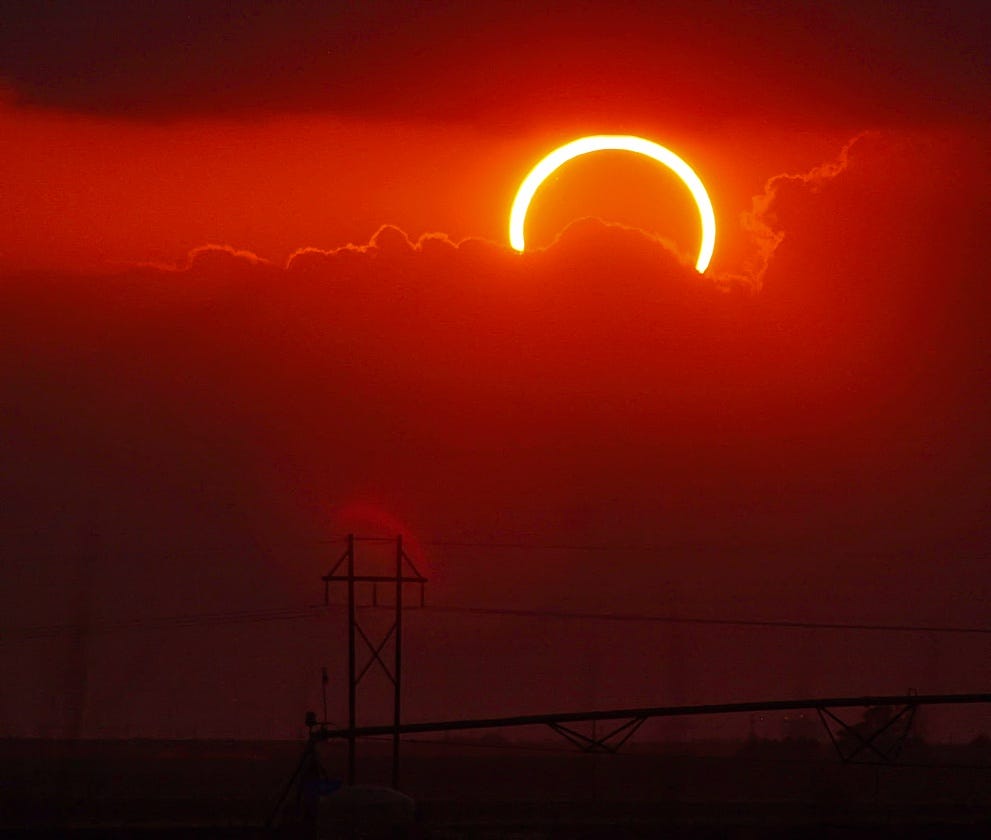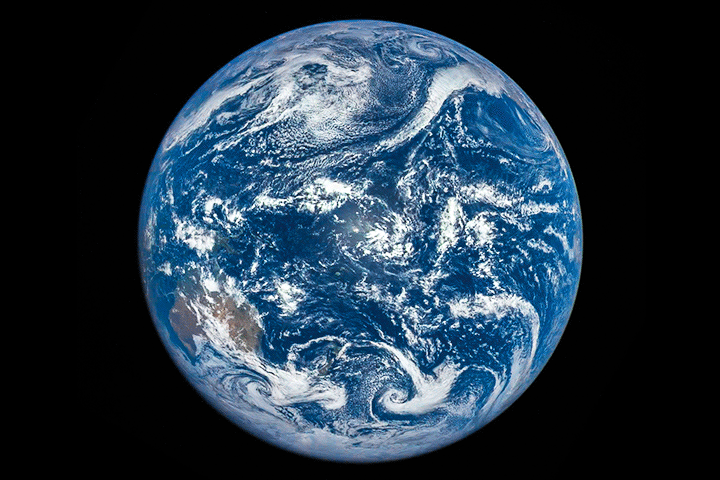
There’s an old saying in the eclipse-watching community: a partial eclipse is worth an hour’s drive to see. An annular eclipse is worth a day-trip. And a total solar eclipse is worth any and all effort it takes to witness it.
That’s because a total solar eclipse is such a rare and bizarre experience: imagine a sunny, bright afternoon like any other, when, suddenly, the landscape is wreathed in darkness. The corona of the sun, with its bubble-like magnetic jets, appears like a halo encircling the moon. Animals go crazy, birds squawk, the stars come out and the Milky Way is visible; and a few minutes later, it’s over and bright once again.
The last time a total solar eclipse was visible from the continental United States was in 1979.
Part of what makes total solar eclipses so special is how rarely they’re visible from anywhere near us. Whereas lunar eclipses occur fairly frequently and are visible from half the Earth, total solar eclipses are visible only from specific points within a 50-ish-mile radius. As the eclipse occurs, its path moves down a line of “totality”—areas where it’s completely dark, meaning the moon completely obscures the sun at these points.
The August 2017 eclipse is unique because that line of totality runs across much of the continental United States. And while it doesn’t go directly through San Francisco, it’s about a day’s drive away, which is as close to a total solar eclipse as you’re going to get in your life. The last time a total solar eclipse was visible from the continental United States was in 1979. If you want to see a total solar eclipse from San Francisco, you’ll have to wait till December 31, 2252. The last one was in 1424.
As a former high school astronomy teacher and astrophysics researcher, I’m always surprised by how little the general public knows about eclipses. Life is short, and the chance that a total solar eclipse is in your neighborhood is relatively low, which is what makes this one so exciting. And given that we Californians are a fairly outdoorsy bunch, an eclipse excursion could be tailored to include hiking, camping or backpacking — and this eclipse, luckily, falls right in the middle of peak summer-vacation season.
I’ve put together a short beginner’s guide to how and where to see August’s total eclipse.
Aren’t there solar eclipses in the US all the time? I remember seeing one in 1994 and again in May 2012.
Those were either partial or annular eclipses. The sky didn’t get pitch black, and you couldn’t stare directly up at the eclipse. If you did, you may have been blinded with science.

Well, then, what is the difference between a “total” solar eclipse versus an annular or partial one?
“Annular” means “ring shaped,” which is exactly how the sun looks during an annular eclipse. The moon doesn’t orbit in a perfect circle around the Earth but rather in the form of an ellipse; this means that sometimes the moon appears a bit bigger in the sky when it’s closer (this is called “perigee”) and smaller when it’s farther off (called “apogee”). Because the apparent size of the moon and the sun in the sky are similar, if the moon is closer to apogee during an eclipse, it will not entirely occlude the sun, and you end up seeing a ring-shaped circle of the sun’s light in the background.

A partial eclipse is when the moon only partially obscures the sun. The geographic area of the Earth where a partial eclipse is visible is always much greater than where a total or annular eclipse can happen; that’s why many people have seen partial eclipses, but few have seen total eclipses. Also, all total eclipses begin as partial eclipses, as the moon moves and begins to cover the sun.
So how do I see the total eclipse and not just a partial one?
Simple — you just have to travel to somewhere along the path of totality. See those two pink lines in the map below? Go somewhere in between them—ideally, closer to the blue line, as the duration of the total eclipse will be longer the closer you are to that central path. As you can see, it stretches from Northern Oregon to South Carolina.

Where’s the best place to see it?
That depends on what you want to get out of it. If you’re not able to hike or backpack somewhere, the nearest, most car- and kid-friendly option is to just drive or fly up to Salem, Oregon. There will be many eclipse-viewing parties up there, including this NASA-approved event at the Salem Fairgrounds.
However, if you’re worried about cloud coverage — something more likely in Western Oregon — it might behoove you to go somewhere more arid, likely more east. East Oregon, Idaho and Wyoming have some arid landscapes with a lower chance of cloud cover and long totality lengths—not to mention some great camping. A list of towns that the path of totality intersects can be found here.
How long does it last?
That depends on where you are! The closer you are to the center of that blue line above, the longer the eclipse will last. To get the most out of your experience, try to situate yourself somewhere with a longer eclipse time, in the 1.5- to 3-minute range.
The US Naval Observatory hosts an amazing site where you can input a location and see how long the eclipse will last, when it will start and when totality will occur. Double-check this tool before making plans.
For example, in Salem, Oregon, the duration of totality will be 1 minute, 57.6 seconds, and will start at 5:17:17 pm and end at 5:19:14 pm.
Every second counts when it comes to a total eclipse, so if you want to milk every second out of your experience, the longest duration of totality — almost three minutes — will be on this remote road near Cerulean, Kentucky.
Can I look directly at it?
Yes, but ONLY WHEN IT IS AT TOTALITY. When it’s still a partial eclipse, NEVER look at it directly. Same with annular eclipses. Set your watch, and don’t look directly at it until things get dark.
What do I need to bring to see it?
Nothing, really, other than yourself. If you want to look at the eclipse when it’s still a partial eclipse — which it will be for a while before totality — you’ll need special glasses. If you go to a big event like the one at the Salem Fairgrounds, they’ll probably have them on-site to buy or rent.
If you want to take pictures of the eclipse, you’ll need to buy special filters so as not to fry your camera, and probably have a couple of cameras ready—one to observe the landscape and one to observe the sky. In that case, you’ll want to get a tripod or two.
Some advice: don’t look through your camera when it’s actually happening. The window of totality is so short that you don’t want to be fooling around with your camera’s or phone’s settings. Get everything set up and just enjoy the two-ish astonishing minutes with your own eyes.
When will there be a total eclipse of the heart?
Turn around, bright eyes. It’s already happening.







